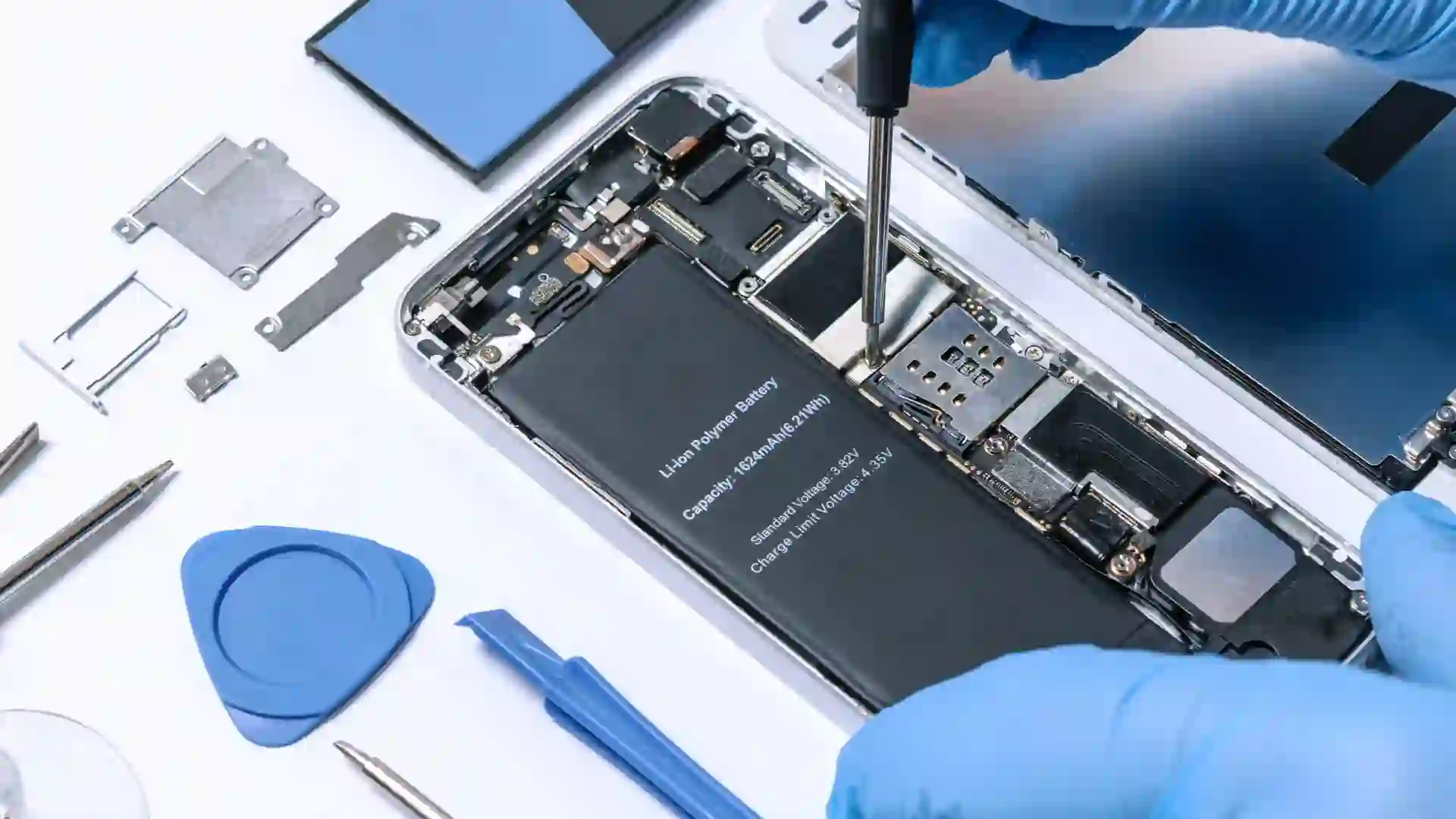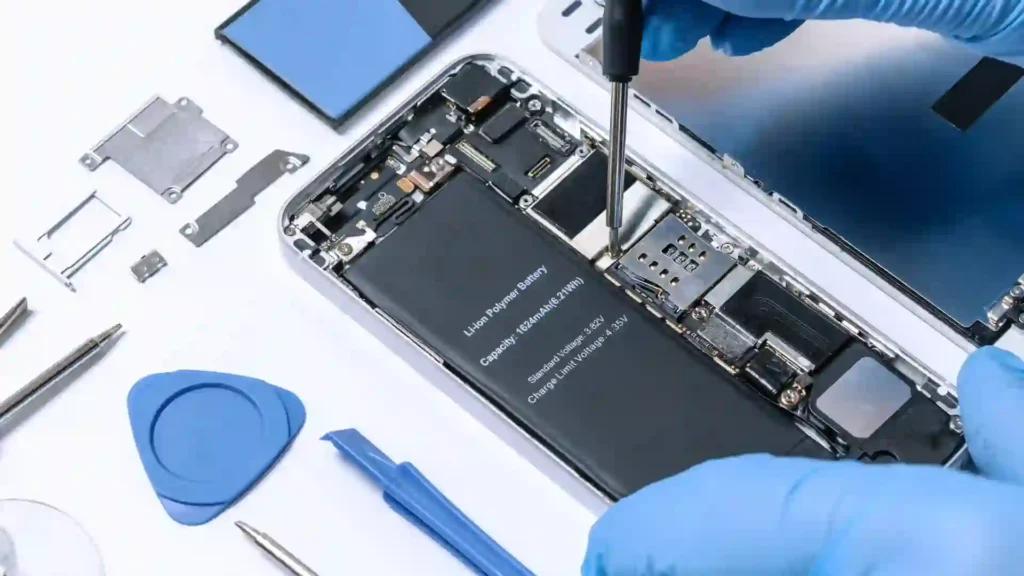


In today’s digital age, iPhones have become an integral part of our lives, acting as our communication hubs, productivity tools, and entertainment sources. However, like all electronic devices, iPhones are prone to wear and tear. Whether it’s a cracked screen, malfunctioning battery, or other issues, knowing how to handle iPhone repairs is essential for keeping your device functioning smoothly.
In this comprehensive guide, we’ll cover everything you need to know about iPhone repairs, including common issues, DIY fixes, professional repair services, and best practices for maintaining your iPhone in top shape.
Before diving into the repair process, it’s important to understand the common problems that iPhone users face. Here are some of the most frequent iPhone issues:
One of the most common iPhone problems is a cracked or shattered screen. This can happen due to accidental drops or impacts. While iPhones are designed with durable glass, they’re not completely invincible to physical damage.
Symptoms:
As iPhones age, the battery capacity naturally declines. If your iPhone is shutting down unexpectedly, taking longer to charge, or draining quickly, the battery may need to be replaced.
Symptoms:
Charging problems can arise due to several factors, including a faulty charging port, damaged cables, or issues with the charging circuitry. Over time, dust and debris can accumulate in the lightning port, preventing proper charging.
Symptoms:
Water and iPhones don’t mix well. Despite being water-resistant in recent models, older iPhones or those with compromised seals can still suffer from water damage.
Symptoms:
While software issues don’t require hardware repairs, they can significantly affect performance. Apps freezing, iPhone slowing down, or unexpected crashes are common symptoms of software-related problems.
Symptoms:
The iPhone’s camera is one of its standout features, but it can develop problems over time, whether due to lens issues, software problems, or physical damage.
Symptoms:
Some minor iPhone issues can be fixed on your own, especially if you’re handy with tools or comfortable using online resources. However, it’s important to know when DIY fixes are appropriate and when you should seek professional help.
Replacing an iPhone screen can be tricky and requires specialized tools. If you have experience working with electronics and access to quality replacement parts, you might attempt the repair yourself.
DIY Process:
While this can save you money, be cautious about voiding your warranty or causing further damage if you’re not experienced with this kind of repair.
If your iPhone’s battery isn’t performing well, replacing it can improve the device’s performance. Apple offers a battery replacement service, but you can also perform a DIY battery replacement if you’re confident with electronics.
DIY Process:
Apple provides battery health monitoring features in iOS, which can help you determine when the battery needs replacing.
If your iPhone is not charging properly, the charging port may be clogged with dust or debris. Cleaning the charging port is a simple task and can often solve the issue.
DIY Process:
Sometimes, software glitches can cause your iPhone to behave erratically. A simple software update or a factory reset can help resolve these issues.
DIY Process:
While DIY repairs can be an attractive option, certain issues require professional intervention. Professional repair services have the expertise, tools, and access to genuine parts, ensuring the best results.
If your iPhone is still under warranty or you have AppleCare+ protection, it’s a good idea to contact Apple for repair services. Repairs under warranty may be free or at a reduced cost, depending on the issue.
If the issue with your iPhone involves complex internal hardware, such as logic board failures, motherboard issues, or water damage that affects internal components, it’s best to consult a professional repair technician.
iPhones are delicate devices, and attempting to repair them without the proper tools or skills can result in further damage. If you’re not confident in your repair abilities, it’s best to leave it to the professionals to avoid costly mistakes.
When your iPhone is beyond DIY repair, you have a few options for professional services. Here’s what you need to consider:
Apple offers repair services for various iPhone issues at its retail stores or through mail-in services. The technicians at the Apple Store are well-trained, and using genuine parts is guaranteed.
Pros:
Cons:
If you don’t have an Apple Store nearby or are looking for a more budget-friendly option, authorized third-party repair centers may be a good choice. These repair shops use high-quality replacement parts and can often offer quicker services at a lower price than Apple.
Pros:
Cons:
Many independent repair shops offer iPhone repair services. While this option is often the most budget-friendly, the quality of repairs can vary widely, and using non-authentic parts could affect your device’s performance or resale value.
Pros:
Cons:
To minimize the chances of needing repairs, preventive maintenance is key. Here are some tips to keep your iPhone in excellent condition:
iPhone repairs are a part of owning the device, but with the right knowledge and approach, you can keep your phone running smoothly for years.
Join the Appleberry family! Subscribe for exclusive repair deals, maintenance tips, and Apple updates straight to your inbox.
Designed by CYBER MUNK